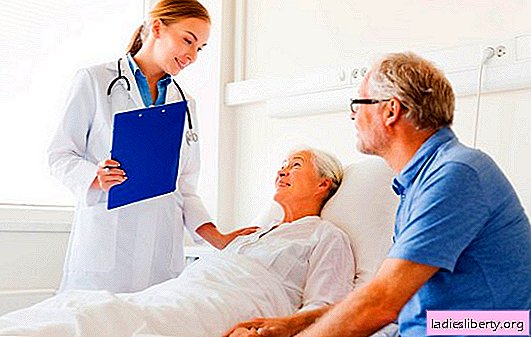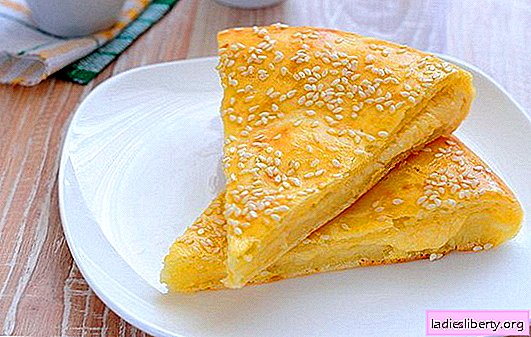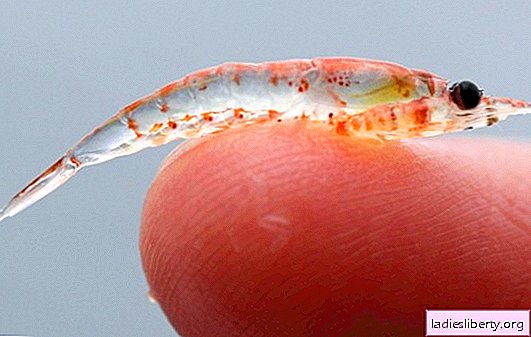
An operation or a minor injury are events that are often accompanied by pain. Postoperative pain is usually treated with medication. The study showed that even the positive expectations of patients have a mild analgesic effect.
Pain after surgery
Approximately 12 to 15 million patients struggle with chronic, intermittent, or prolonged pain. Pain is a natural “gauge” that indicates problems in the body. A useful "environmental device" warns a person of possible disorders. Without a sensation of pain, a person could not survive.
Problems arise, however, when the pain becomes chronic and independent. The reason is that nerve cells have "learned" to send signals to the brain, even when everything is normal and there are no visible disorders.
Patients become hypersensitive to harmless irritants - touch, cold or heat.
Chronic pain seriously impairs the mental and social functioning of a person. Patients suffering from pain are increasingly isolated from society and lose friends.
Postoperative pain is not only very uncomfortable for patients, but can also adversely affect the healing process. Therefore, the goal is to eliminate pain after surgery as much as possible.
Postoperative analgesic therapy should always be adapted individually to the patient, depending on the medical history. In the foreground is the treatment with drugs. But drugs are often associated with dangerous side effects.
What non-drug factors have an analgesic effect?
Researchers at the University of Duisburg-Essen School of Medicine have found that non-drug factors relieve pain. Scientists studied almost 100 patients with breast cancer. They found that women who were reported with a likely analgesic effect experienced less pain after surgery.
According to the statement, pain cannot be treated with acupuncture alone or other psychotherapeutic agents. It is important that treating anesthetists awaken a positive expectation of therapy in patients.
Patients were more satisfied with the dummy effect.
According to the information, all patients received a pump with which they could independently administer the right amount of painkillers. With comparable consumption, patients with a positive expectation of effect reported a reduction in pain. Moreover, these patients were more satisfied with painkillers.
According to scientists, the positive impact of medical personnel can be a relatively simple, time-saving and effective measure. The study was reported by scientists in the journal PAIN.
Alternative painkillers
At the end of the 20th century, useful methods for treating pain without drugs and with a minimal amount of side effects were developed. Invasive electrotherapy reduces pain sensitivity and improves the patient's psychophysical state.
Small electrodes send minimal current pulses under the skin. The starting point for this form of treatment is a change in pain memory, in which nerve fibers calm down.
The reason for the frequent success of this method is that electronic products without drugs work on a physical basis: the brain and nerve cells are capable of learning.
Neuroplasticity is the ability of nerve cells to change communication under the influence of external factors. Thus, chronic pain can be cured by simple electrical influences. Therefore, many patients rely on these new, alternative methods.
Useful treatments that have "stood the test of time":
- physiotherapy;
- playing sports (as much as possible);
- walks;
- relaxation exercises;
- acupuncture;
massages and procedures with heating or cold; - stretching exercises.
Alternative methods help to get rid of chronic pain in addition to physical therapy. It is recommended to gradually train, do not overwork and continuously increase the load every week.











